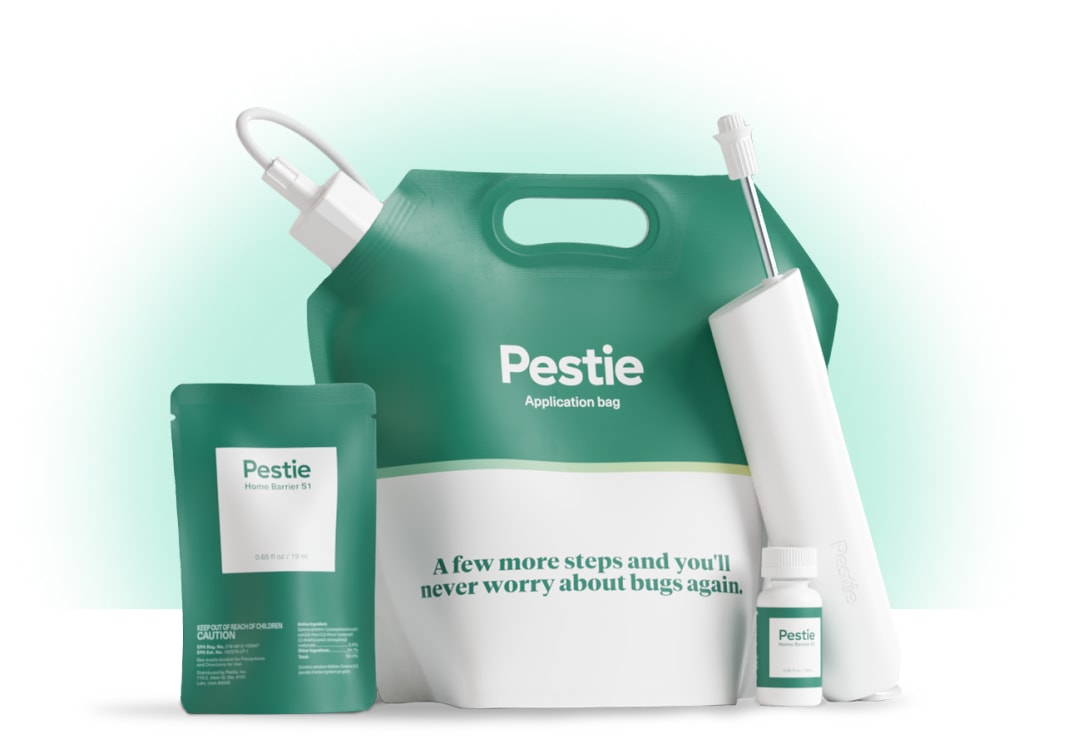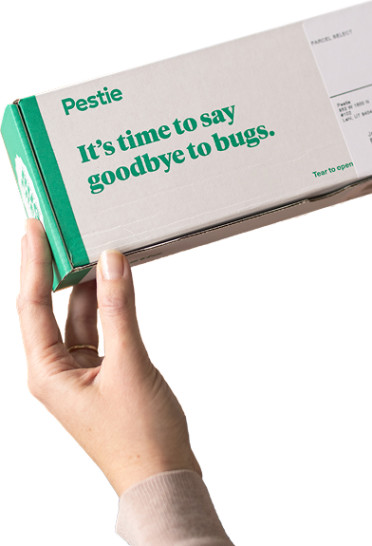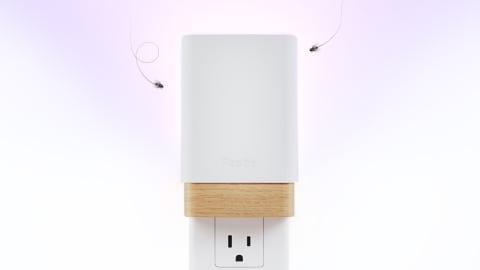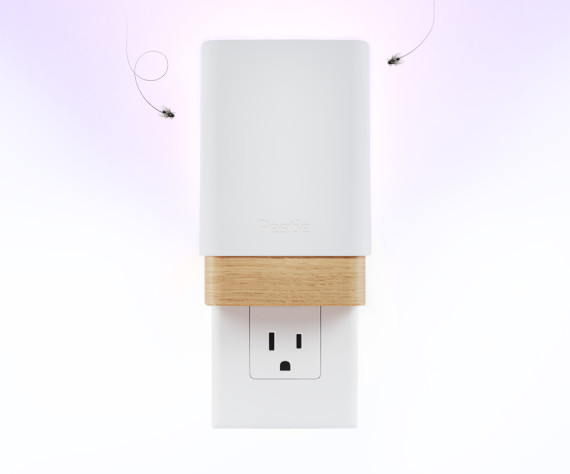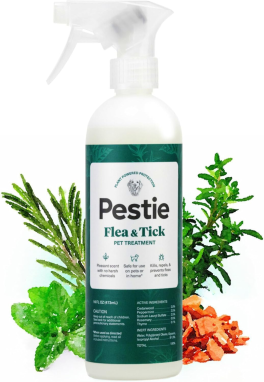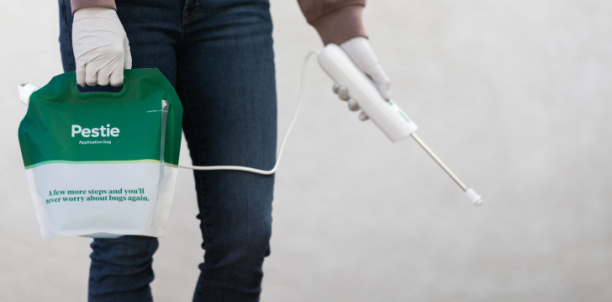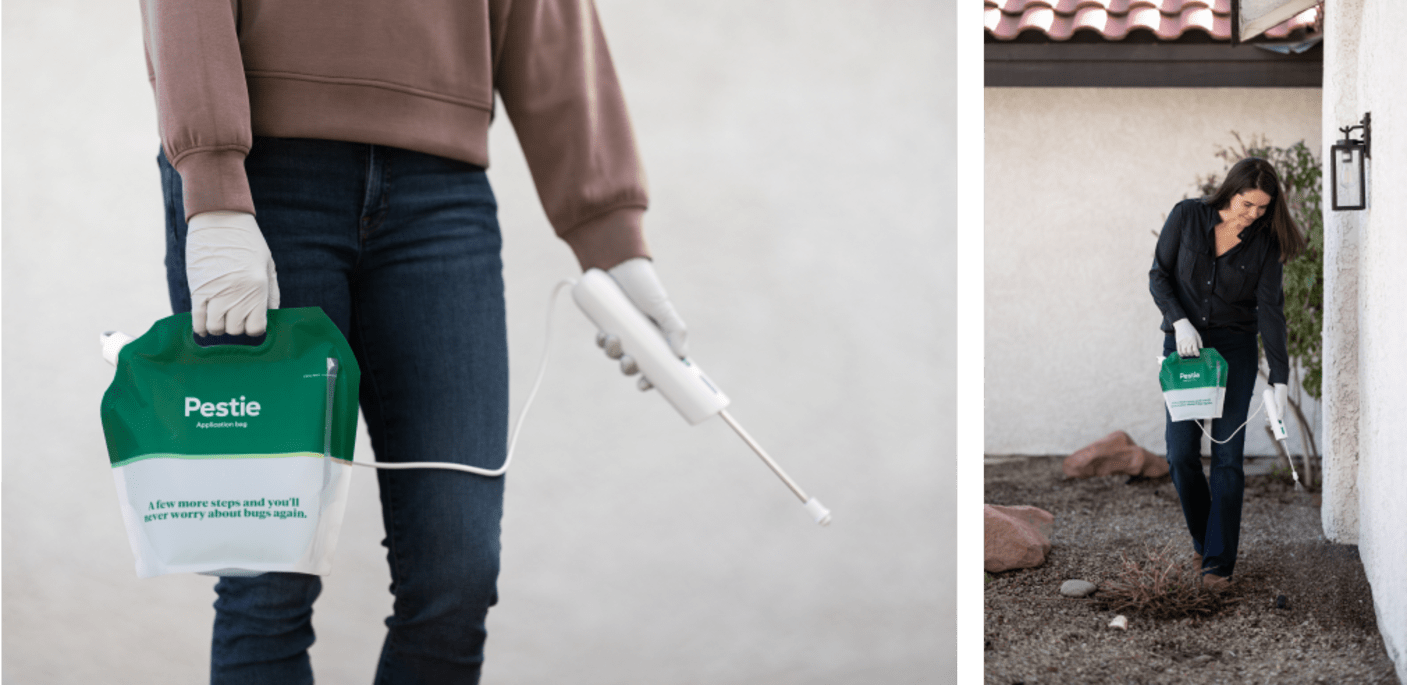How to identify and get rid of love bugs
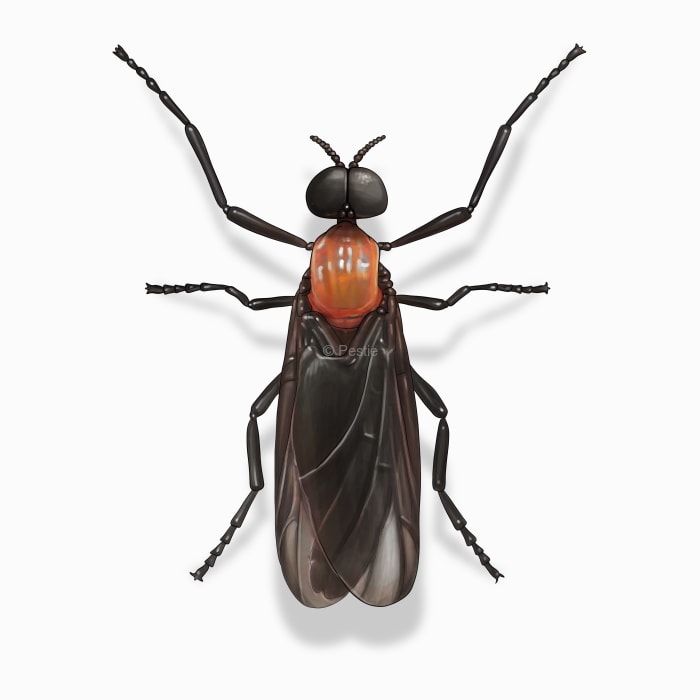
Love is in the air, and so are love bugs
Nothing can stop love, or so say all the romantics. But for love bugs, they literally stick together until the very end.
Love bugs are a kind of march fly that tend to swarm in huge groups in the deep South. They might have a charming name, but a lot of motorists are cursing their name when they make a big mess on their cars. These flies are notorious for being found in connected pairs, earning endearing names like honeymoon flies or double-headed flies. The males and females can stay mated for several days and can continue to fly why stuck together.
Love bugs lay their eggs in the thatch of lawns and fields, and the larvae feed on organic matter in the soil. The larvae play an important role in decomposing plant debris. The adults are attracted to the smells that come from rotten organic matter, but confuse those smells with exhaust fumes. That’s one reason why they tend to hang out near highways and roads.
The guts of a love bug can become quick sticky if they are left on a car for too long. This can ruin the exterior paint of the vehicle. The longer they bake in the sun on your car, the harder it is to scrape them off and the worse the damage becomes.
How to identify love bugs
Love bugs are small black flies with a red or orange thorax. You can often find them flying in tandem with a mate, connected at the tip of their abdomens. Like all flies, love bugs only have two wings, and since they are stuck together with their mate, their flying is often weak and clumsy.
The swarms happen twice a year, once in May for a few weeks and then in September for another two weeks.
Common characteristics of love bugs:
- Black bodies
- Red or orange thorax
- Often found mating
- Two wings
How big are love bugs?
Love bugs are relatively small, measuring about ¼ inch in length.
Where do love bugs live?
Love bugs are predominantly found in the southeastern United States, especially from Texas to Florida, thriving in warm, humid climates.
While love bugs don't typically infest indoor areas, they are often found around homes and yards, particularly near flowers and in sunny, open fields.
How to get rid of love bugs
Since hundreds of thousands of love bugs will swarm at the same time, it’s impossible to completely get rid of them. However, what you can do is prevent them from invading your home and making a mess of your car.
Here are some strategies to reduce the mess they make:
Physical Barriers: Install fine mesh screens on windows and doors to keep them out.
Regular Cleaning: Wash cars and affected surfaces regularly during love bug season to prevent paint damage.
Natural Repellents: Use fans or air curtains to create air movement that deters love bugs from settling in areas like garages or patios.
Bug barrier: Create and maintain a bug barrier with Pestie to keep bugs out of your home for good. With the Pestie Smart Pest Plan, you’ll get a pro-grade, DIY solution delivered right to your door so you can enjoy a pest-free home year-round.
Treat love bugs with Pestie
If you're still having trouble keeping love bugs away, the best option is to use a pro-grade, effective pest control solution like Pestie.
Pestie is a do-it-yourself pest control solution that's specially designed to keep love bugs and other pests away from your home.
With Pestie, you can rest easy knowing that your living space is protected and free of creepy crawlies. And the best part? It's designed for people, pets, and the planet, so you can say goodbye to harsh chemicals and hello to peace of mind!
- Save hundreds compared to traditional annual pest plans
- People, pet, and planet-friendly
- Pro-grade customized formulas
Quick facts
- Scientific name
Plecia nearctica
- Other common names
Honeymoon Bugs, Double-Headed Bugs
- Colors
Black and red
- Life span
Adults only live for 3-5 days; larvae live 3-5 months
- Diet
Decaying vegetation and nectar
How dangerous are Love Bugs?
Low danger risk
Love bugs don’t bite or sting, but they can cause visibility issues to drivers if they splatter on windshields.
There is an urban myth that love bugs are actually the result of a science experiment gone wrong by researchers at the University of Florida. The truth is that they came from Central America and have made the southern part of the US their new home.
